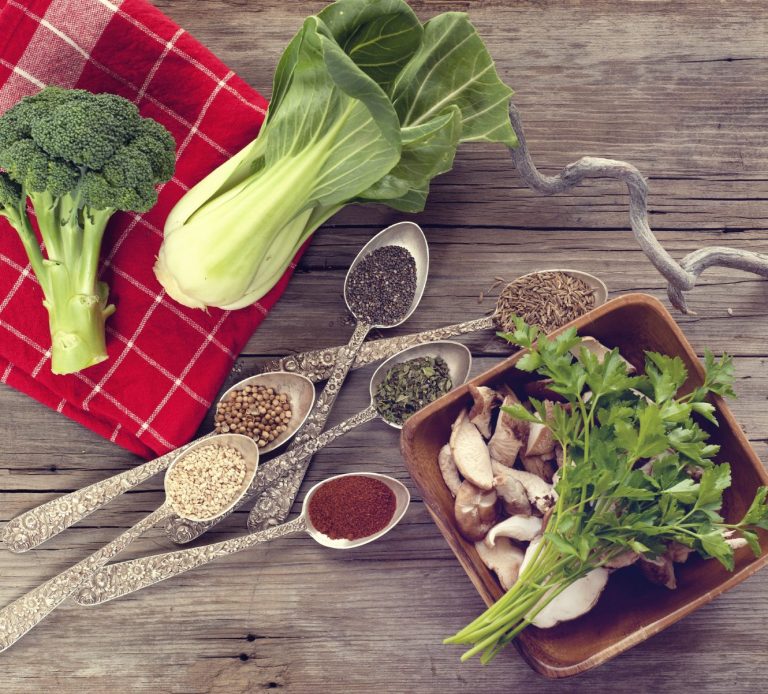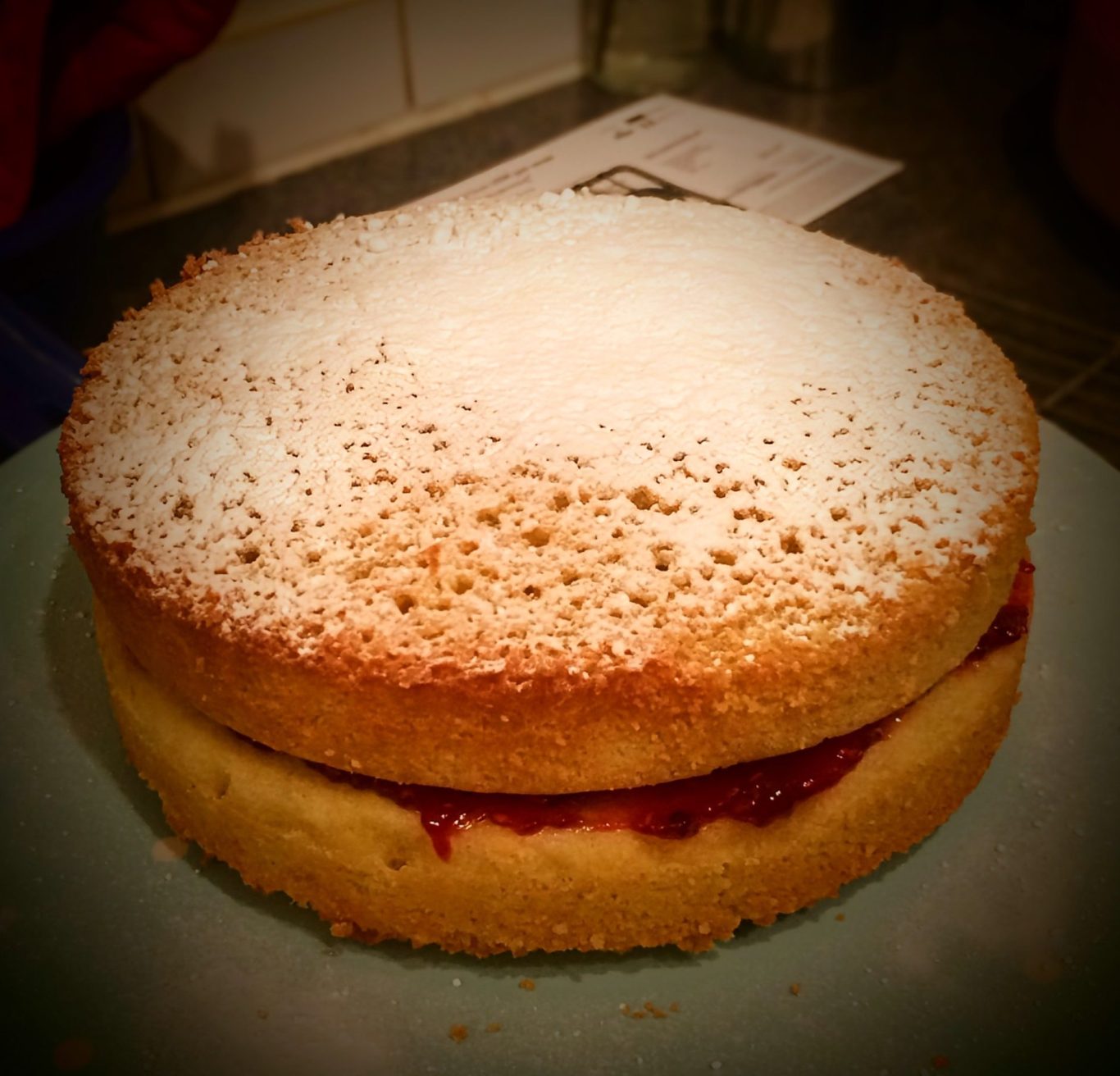
Are you a cook?
The answer to this is you can be.
This blog is here to help you connect to the cook that is inside all of us, if we want it. There are some basic things you need to know, we all make mistakes things when cooking, make sure you read the recipe and above all, have fun.

Top tips for making your first cake.
By Julieanne Cresswell
So, you've decided to make your first cake? whoop whoop. Whether you're baking to impress someone special, celebrate a birthday, or just fancy a sweet treat, because let’s be honest, cake is always a good idea, I’ve got you covered. I know it can seem a bit scary at first, but trust me, you’ve got this.
This post is packed with top tips for making a cake that’ll turn you from baking beginner to kitchen queen (or king!) in no time. Plus, I’ll share some common cake problems and solutions to help you dodge any disasters.
Making Cakes for Beginners: Where to Start
1. Start With a Trusted Recipe
Seriously, this is important. Don’t just grab the first recipe you see online, use a trusted blog, cookbook, or family favourite that’s been tested and won’t let you down. I have cook books where I will have 2 favourite recipies I will always use.
- Top tip: Read the whole recipe before you start. Sounds obvious, but it saves a lot of stress!
2. Get Your Tin Right
Use the tin size the recipe tells you to, sounds fussy, I know, but it makes a big difference to how your cake bakes and don’t forget to line it with baking paper or grease it well and tap a coating of flour round the outside. If you’re baking something like a fruit cake for ages, wrap the outside with brown paper too, it stops the edges from burning.
3. Use Room-Temperature Ingredients
Your butter and eggs should be at room temperature not fridge cold. Cold ingredients don’t mix well and can mess with your cake's texture.
- Top tip: Forgot to take your butter out? Pop it in the microwave for a few seconds, too long and you will but melt it.
4. Preheat That Oven
Please don’t skip this step. A cake needs the right heat from the get-go or it won’t rise properly. Aim for the middle shelf.
5. Measure Everything Properly
Baking is a bit like science. You can’t guess stuff. Use digital scales and proper measuring spoons, not your regular dinnerware. Oh, and pick either metric or imperial—don’t mix and match.
6. Cream the Butter and Sugar Well
This is what helps make your cake light. Cream (beating) them together until the mix looks pale and fluffy. It should almost double in size. The more you cream the butter and sugar together the lighter it will become and the better for your cake.
7. Sift and Fold Like a Pro
Sift your dry ingredients, it adds air and keeps your sponge light. And when folding them in, be gentle. A large metal spoon, in a figure of 8 motion will help to fold in air to the mix, which will help with the rise. Don’t over-mix or you’ll lose all the lovely air you just added!
8. Pop It in the Oven ASAP
Once your mixture is ready, don’t let it sit around. The raising agents like baking powder, start working as soon as they hit the wet ingredients. Get it in the oven, quick!
9. Don’t Open the Oven Door Too Soon
This one’s hard when you’re excited to see how it’s doing—but resist! Opening the door early can make your cake sink. Wait until near the end of the bake time, then test it with a skewer or give it a little press in the middle, it should bounce back once it is done.
10. Let It Cool Properly
For most sponges, let them cool in the tin for 10 minutes, use a knife to move it round the edge of the time, to release the cake, be gentle when doing this so that you don't cut away some of the cake, then move them to a rack. If it’s a heavy fruit cake, you can let it cool fully in the tin.
FAQ's - Common Cake Problems and Solutions
Making mistakes is part of learning, but here’s how to avoid the big ones:
1. Curdled Mixture.
Your eggs were probably too cold. Stir in a spoon of flour and it should come back together.
2. Cake’s Peaked or Cracked.
Your oven might be too hot. Or your tin might be too small. Just level it off with a knife and carry on, buttercream hides everything.
3. Sunken or Dense Cake.
You might have opened the oven door too soon or over-mixed the batter so it lost the air you gently folded in. Also, check your oven temp and baking time.
4. Sticky or Burnt Top.
Too much sugar, wrong oven temp, or cooling too quickly. Trim off the top if needed and cover with icing—no one will notice!
5. Crumbly Cake or It Broke in Half.
Let it cool a bit more in the tin next time. But hey, just glue it back together with frosting or make a trifle out of it. Win-win!
6. My fruit has sunk to the bottom.
Wash and dry glacé cherries or fruit, then dust them in flour before adding to the batter. The batter should be a bit thicker to help hold them up.
7. What’s the best way to know when a cake is done?
If you are baking a fruit cake, stick a skewer in the middle—if it comes out clean, it’s done. If you are making a sponge cake then press gently in the middle of the cake, if it bounces back then you know your cake is done.
Final Thoughts
So there you have it, top tips for making a cake that looks good and tastes even better. Don’t stress if things don’t go perfectly the first time. Even the pros have wobbles in the kitchen! The more you bake, the better you’ll get, and at the end of the day, cake is cake. Even if it’s a bit wonky, it’ll still taste great.
Now go on, put that apron on, pick your recipe, and get baking!
Got questions or want to share your first bake? I’d love to hear how it goes.
Happy baking,
Julieanne.
©Copyright. All rights reserved.
We need your consent to load the translations
We use a third-party service to translate the website content that may collect data about your activity. Please review the details in the privacy policy and accept the service to view the translations.
